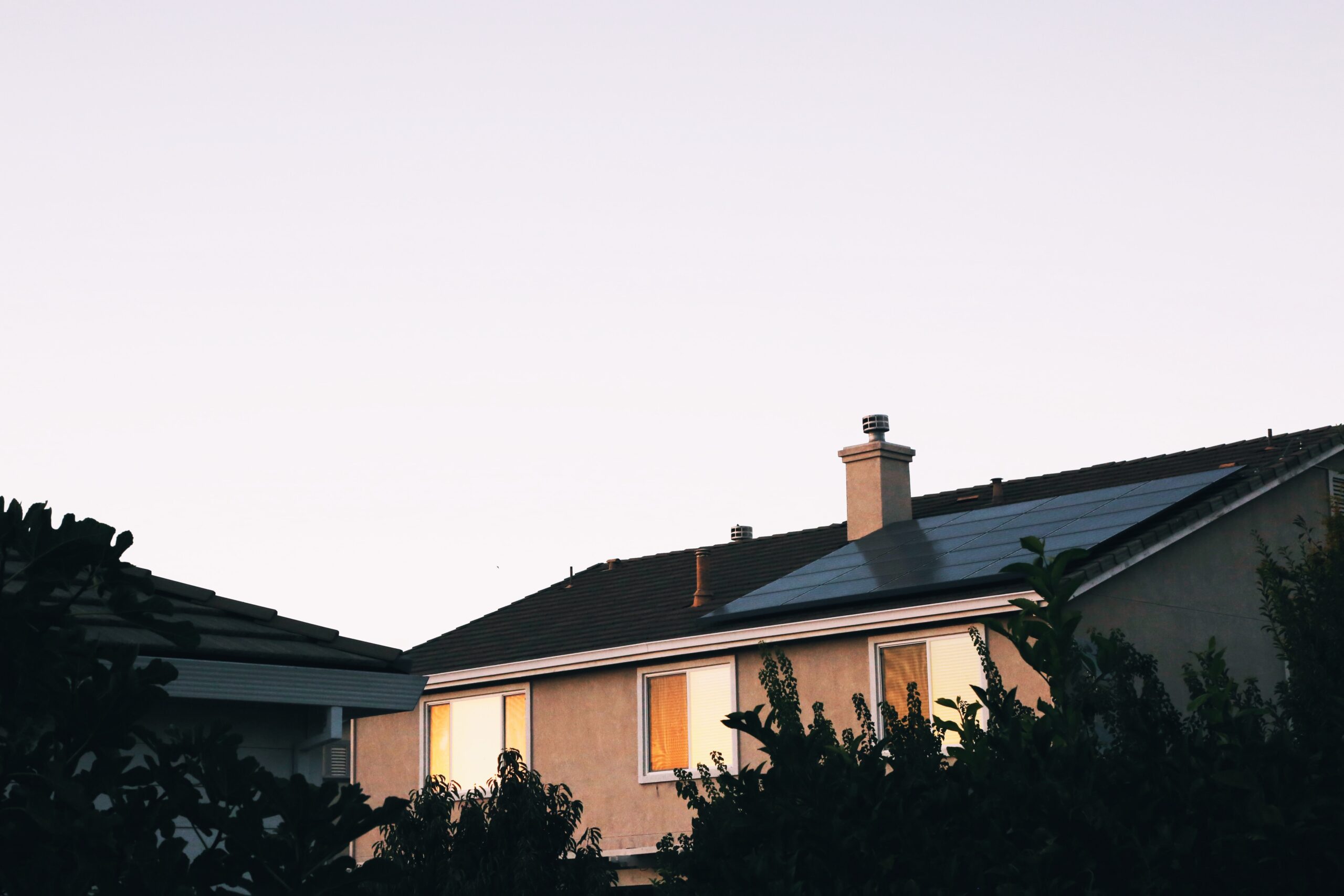
All homes will eventually require some rather heavy-duty maintenance. Whether that be the foundation, the walls, or the roof, it’s going to be a big project you’re undertaking. There are several reasons why you should look into getting something like your roof replaced especially.
You need to have your roof replaced if it is getting old or is severely damaged thanks to the elements or some form of natural disaster. However, before you replace your roof, you need to decide which option of replacement is best for you. The following is a list of the roofing options that you can choose.
Asphalt Roofing
Asphalt is one of the most popular roofing material choices. One of the reasons that people who need to get a roof replacement choose asphalt is because it is fairly inexpensive. It is also fairly easy to install. Asphalt is available in all colors. However, a downside to using asphalt roofing is that it has a shorter lifespan thanks to temperature changes causing the shingles to crack, so that should be something to consider if you choose this option. Especially if you live in an area that experiences dramatic shifts in temperature frequently.
Solar Roofing
If you want to have an eco-friendly roofing option, then you should consider using solar roofing. The shingles are designed to capture the energy from the sun and convert it into a power source for your house. The shingles act as mini-solar panels, which can help you save a lot of money on your energy bills.
Solar roofing can be expensive to install and maintain, however. It also isn’t a suitable choice for everyone, especially if you live in a typically cloudy or rainy place.
Metal Roofing
Metal roofing is a popular option because it is quite durable, especially compared to the last two options. It is resistant to various weather conditions whereas other roofing options may not be. Additionally, this type of roofing is long-lasting and can be recycled once its lifespan is over. You can expect to keep a metal roof for 40 to 75 years, and then you’ll be able to donate it to metal recycling when the time comes to update your roof again.
Metal roofing is also an expensive option. Though the cost can vary, so it is best to do some research beforehand. However, you can expect to pay anywhere from $100 to $800 per square.
Green Roof
A green roof is another option that you can choose if you want an environmentally friendly home and possess a green thumb. A green roof is a roof that is covered in plants and essentially makes your roof another space for you to cultivate a garden. This roof can improve air quality, insulate your home, and reduce the amount of water runoff from heavy storms. Done successfully, you can expect this roof to last possibly about 40 years.
However, a green roof requires a lot of maintenance and upkeep, not to mention extra structural support. They also need waterproofing, thermal insulation, and a vapor barrier. A green roof is also more expensive than a regular roof. The reason that green roofs are more expensive is that they require more maintenance.
Clay and Concrete
Clay or concrete can be used to create durable, beautifully tiled roofs. These two materials are fairly similar to one another, with only a few key differences. Namely, that concrete is a heavier, more porous material compared to clay. However, they come in many different colors, unlike clay. Both can come in many different shapes and sizes, giving you many different options when it comes to how you want your roof to look.
A second key difference is cost. Between the materials, concrete is a much cheaper option.
You have many decisions to make if it is time for you to replace your roof. One of those decisions is the type of roof that you want to have, and by extension how long you want it to last or how much effort you’re willing to put in to maintain it. Green roofing, solar roofing, metal roofing, and asphalt roofing are some of the options that you can choose from. However, it all depends on the decisions you make about the type of roof you want, and those decisions will likely be factored by where you live, what your budget looks like, how long you want the roof to last, and how much extra maintenance you’re willing to put into your roof.


